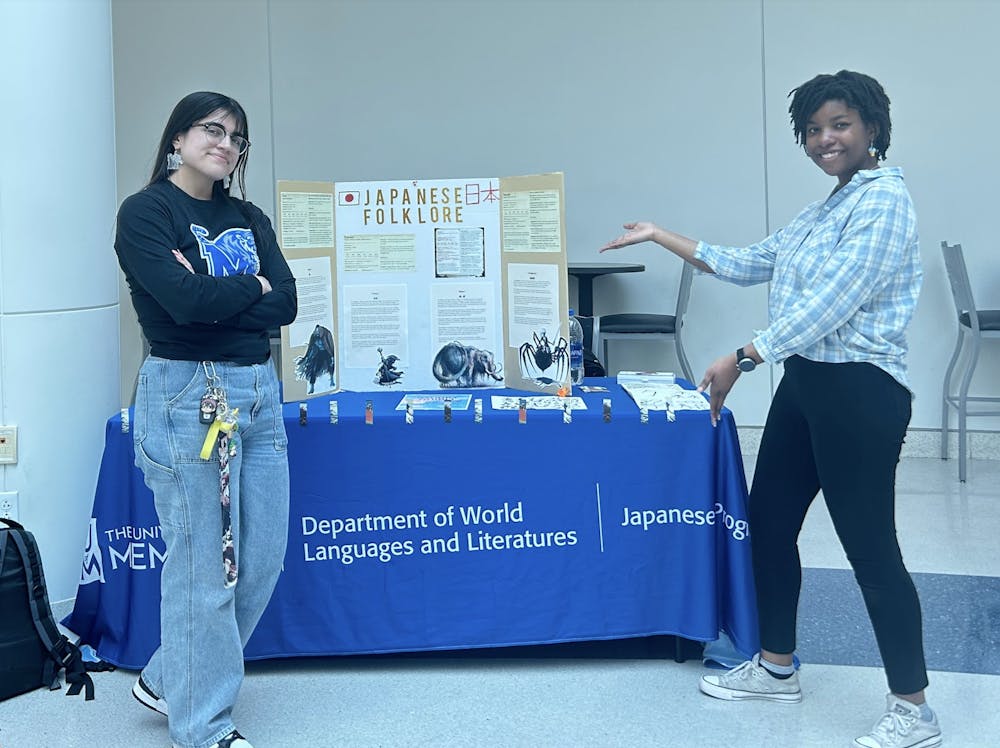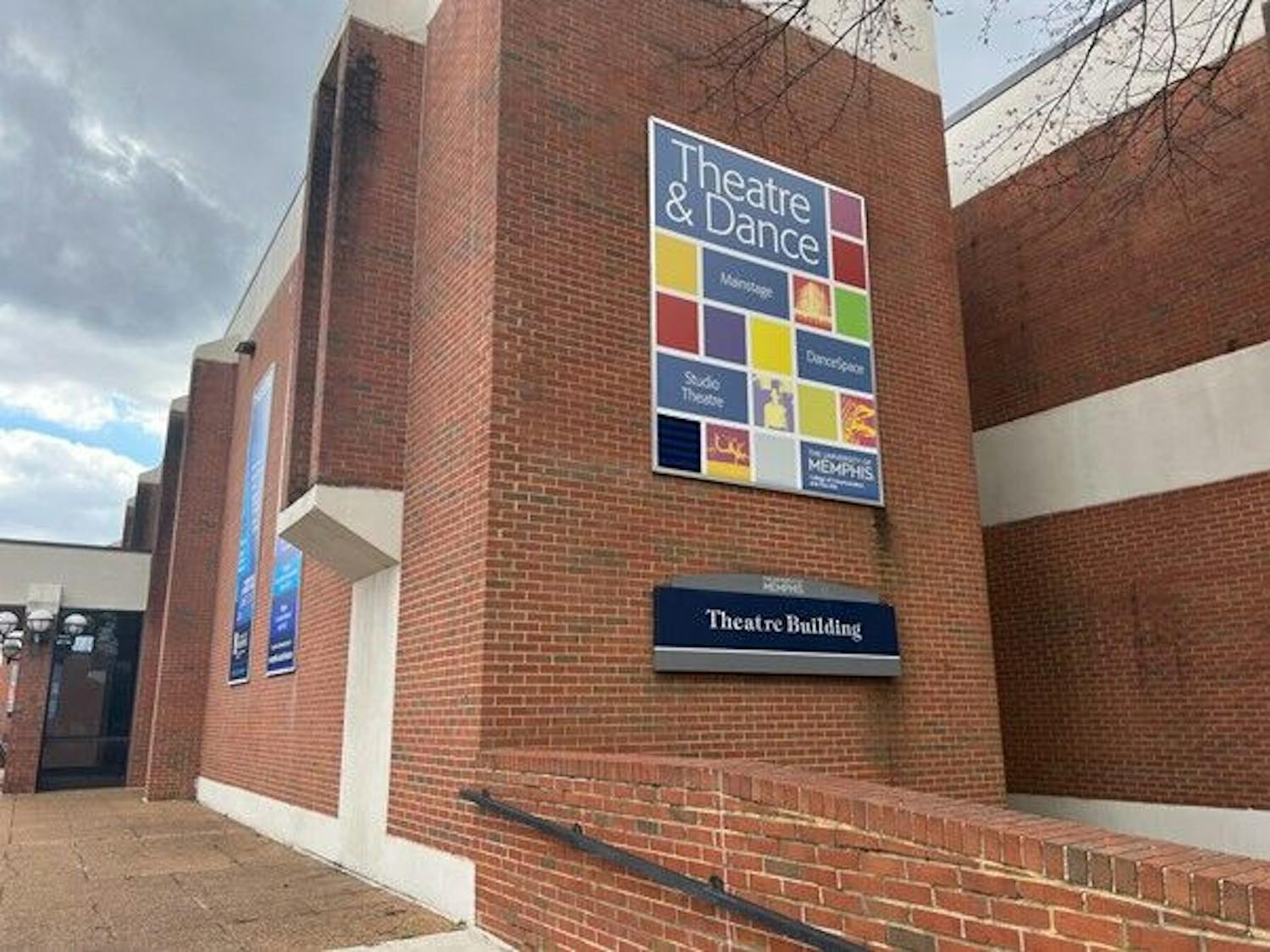Standing in the University Center’s atrium, two students with a posterboard shared the similarities between Dungeons & Dragons characters and Japanese folklore with UofM students.
The registered student association, the Students of the Japanese Program (SOTJP), collaborated with the Dungeons & Dragons (D&D) Club and the Hindu Student Organization for this event.
Kennedy Bolton, president of SOTJP, said that the organizations researched D&D characters inspired by Japanese folklore and conducted an in-depth analysis of such characters.
“It seems like the in-game stats for the characters may have been based on the monsters [in Japanese folklore] as well,” Bolton said.
“East Asian folklore has influenced more than just video games,” said Raven Lerma, an ambassador of the SOTJP. “A lot of forms of entertainment have been wrapped around these kinds of characters.”
According to Bolton, one character featured in D&D called the Oni fits the description of the Japanese Oni described in folklore.
“Oni is a classic character from Japanese folklore that appears in the D&D franchise,” said Bolton. “It is ‘demon’ in Japanese. It is a monster that represents evil or mischief.”
“Lots of Japanese manga have taken a theme around Oni, and there are a lot of characters being based on the Jorōgumo lately,” Lerma said. “So, even though I haven’t played D&D, I’ve seen these characters in many other places.”
The Dungeons & Dragons club met with the Students of the Japanese Program soon after winter break to begin organizing the event.
“In January, we had the idea of inviting other cultural clubs, so they could illustrate the other D&D characters’ origins and inspiration,” said Bolton.
To illustrate the comparisons between D&D characters, Japanese folklore and Hindu gods, the collaborating student organizations created posterboards to display information including stats, origin and what they represent.
Bolton explained that there is scary folklore, but also cute folklore with a moral lesson to it.
For instance, Tengu, a bird-like spirit, lives among the mountains of Japan and protects the mountain.
“Baku is an elephant spirit that brings good dreams, depending on context,” said Bolton. “For those who play Pokémon, the Drowzee Pokémon is based off this Yōkai.”
Lastly, the posterboard featured the Jorōgumo, an evil shape-shifting spider-woman in Japanese folklore, or as Bolton explained, “The Japanese version of a siren. A Yōkai who lives in the woods and charms wondering travel men, only to trap them in her lair and devour them.”
Bolton said if she could be one of the characters she would choose the Jorōgumo, whom she described as an “absolute girl boss.”
Lerma said she would choose the Tengu (the crow form) because her name is Raven. She also praised how stealthy they are and their ability to wield katanas.
Lerma boasted how the organization is getting progressively more active on campus and encouraging students to study Japanese with them. The organizers hoped this event would garner more exposure and attract more attention to the organization and to Japanese culture.
“The Students of the Japanese Program not only want to collaborate with the D&D Club, but also wanted to share the wonders of Japanese culture,” said Bolton. “Many students at the University of Memphis watch anime, listen to JPOP, read manga or engage in some form of Japanese media frequently. That is often why students choose to [study] Japanese. It’s so interesting.”






